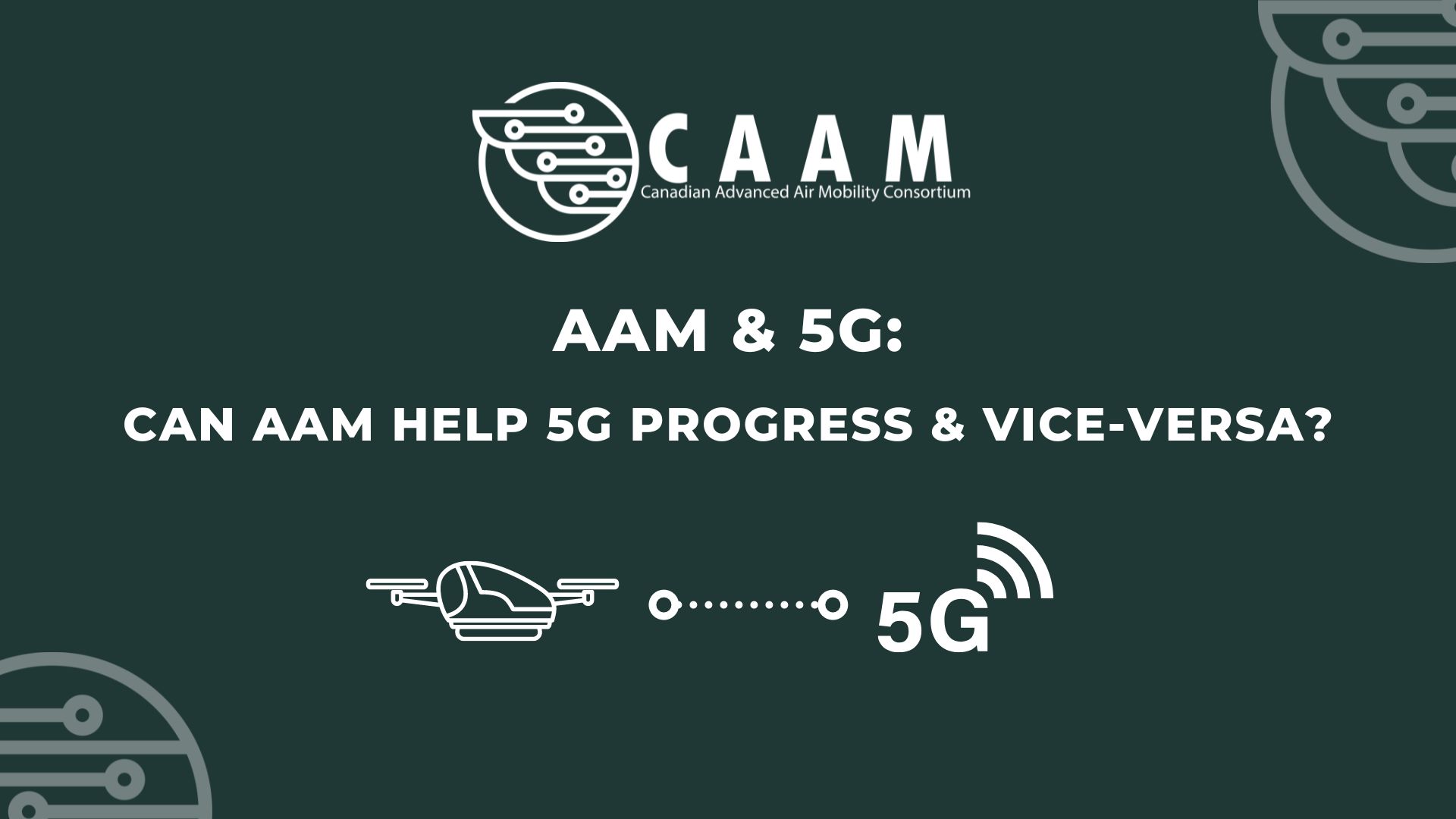
Relevant and optimistic discussion on the importance of inclusive collaboration
Canadian Advanced Air Mobility (CAAM) members and observers participated in Forum 77 hosted by Vertical Flight Society. Industry leaders JR Hammond (CAAM), Danny Sitnam (Helijet), Teara Fraser (Iskwew Air),and Craig Bloch-Hansen(Transport Canada) spoke on the panel. A unified optimistic outlook on current and future Advanced Air Mobility (AAM) technology was prevalent through the discussion.

“Part of making Advanced Air Mobility sustainable is making the demand for these technologies inclusive.”
Advanced Air Mobility is a reality
Advanced Air Mobility (AAM) is happening right now in Canada and globally. Successful inclusive collaboration is building the foundation of the regulatory framework domestically. Expansion of established transportation networks will provide additional opportunities for public acceptance and integration of Remotely Piloted Aircraft Systems (RPAS). While potentially creating new options for populations that have barriers or limited access to conventional transportation networks. “So, I’m really curious and committed to exploring how can these emerging technologies uplift indigenous land, story, sovereignty, and stewardship. How can this technology be used in service of people, in service of community?” Expressed Teara Fraser of Iskwew Air, adding “Part of making AAM sustainable is making sure the demand for these technologies is inclusive.”

“If we can protect communities, protect families, and help rural communities…”
In addition Helijet’s Daniel Sitnam stated, “If we can protect communities, protect families, help rural and remote communities develop their own initiatives with these technologies, we are going to get tremendous acceptance.” Potentially creating economic opportunities for communities to increase emergency response, transit, and cargo resources. Expanding and leveraging current infrastructure to establish key research cases to expand low altitude regulations. Craig Bloch-Hansen from Transport Canada said,” Our challenge is to understand those technologies, understanding the risks associated with them. Providing a regulatory framework that really allows for industry to grow to become sustainable and to support technology innovation, sustainable development, and ultimately supporting safety.”
CAAM has facilitated a consortium of relevant agencies and organizations with the intention of creating pathways and reducing barriers for AAM and RPAS technology integration. Using inclusive collaboration to accomplish our goal to make this environmentally and economically sustainable technology accessible. CEO, JR Hammond affirmed, “We are really playing a role in taking all the work coming out of the drone or RPAS industry. Transitioning into this vertical advanced mobility industry. Critically having that technology build on energy capacity and we move into the commercial side of aviation.”
Find the original article here


